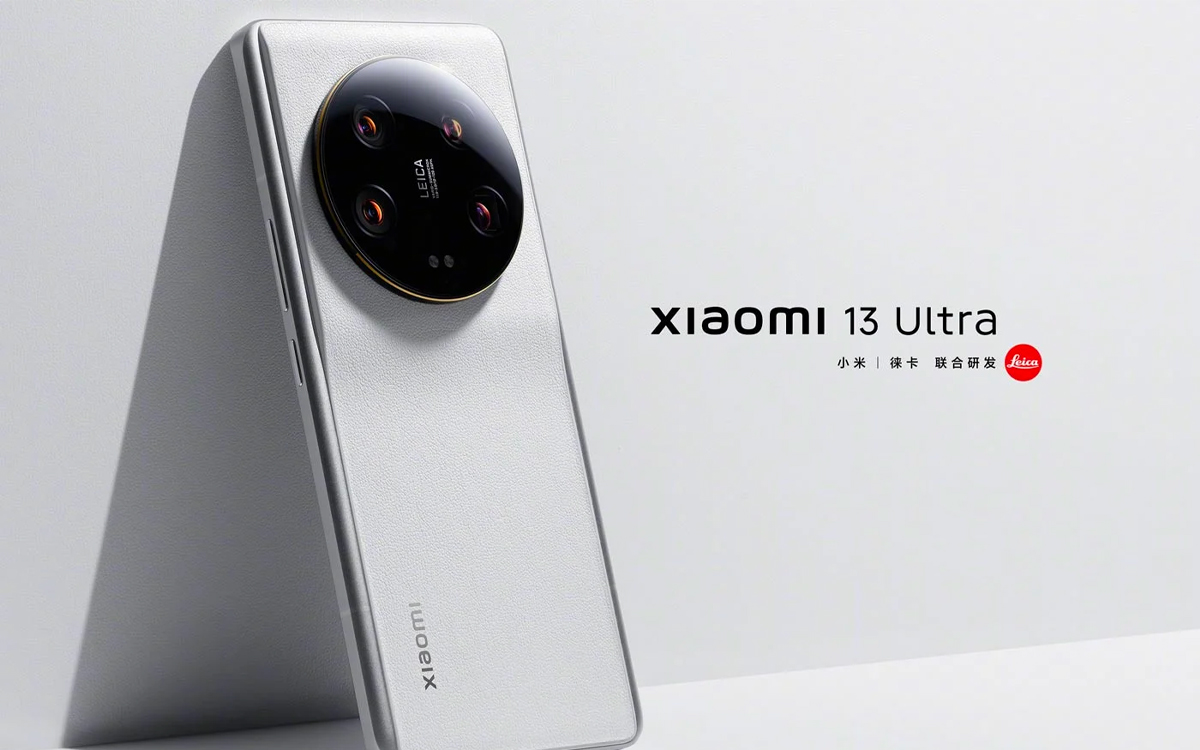Intel and Microsoft have pretty much solved the DRM problems
It took Microsoft and Intel a long month to find a solution to the DRM bugs encountered on many games by owners of Alder Lake processors. From 51 titles affected by these problems, their number is now reduced to three. And if the concerns persist, Microsoft still has a back-up plan for gamers.
This is the story that tainted the debut of the 12th generation Intel Alder Lake processors slightly: a DRM issue was preventing some 50 titles from working properly, both on Windows 10 and Windows 11. And if MSI had provided a temporary solution a few days later, it was not sufficient to resolve these concerns on all the games concerned.
In fact, it took a month all the same for Microsoft and Intel to find the source of the malfunction and patch the games accordingly. As explained by our colleagues from the Wccftech site, the problem did indeed come from the DRM software of certain games on the list, such as Denuvo. Indeed, it turns out that this software mistakenly identified the hybrid design of Intel’s new processors like two separate PCs. The latest CPUs adopt two core architectures, namely performance cores (P-Core), based on the Golden Cove architecture, and dedicated energy efficiency cores (E-Core), which are based on the architecture. Gracemont.
Microsoft and Intel finally find the solution to the DRM problem
From a DRM perspective, these two sets of cores were not part of the same chip, although they are. The source of the problem having finally been identified, the two manufacturers were able to resolve it on the vast majority of the titles concerned, reducing the list of games still affected to just three: Assassin’s Creed Valhalla, Madden 22 and Fernbus Simulator.
If for some reason you are still affected by these compatibility issues, Intel invites gamers to adopt the solution proposed by MSI in early November 2021. Namely, activate Legacy Game Compatibility mode from BIOS. Once the settings are saved, exit the BIOS and restart your PC. Before launching your game, press the Scroll Lock key, which will “put to sleep” the E-core cores. And if going through the BIOS does not enchant you more than that, know that MSI and Gigabyte have made free software available to gamers (DRM Access Tool and DRM Fix Tool) allowing to achieve the same result, without going through the BIOS box.
